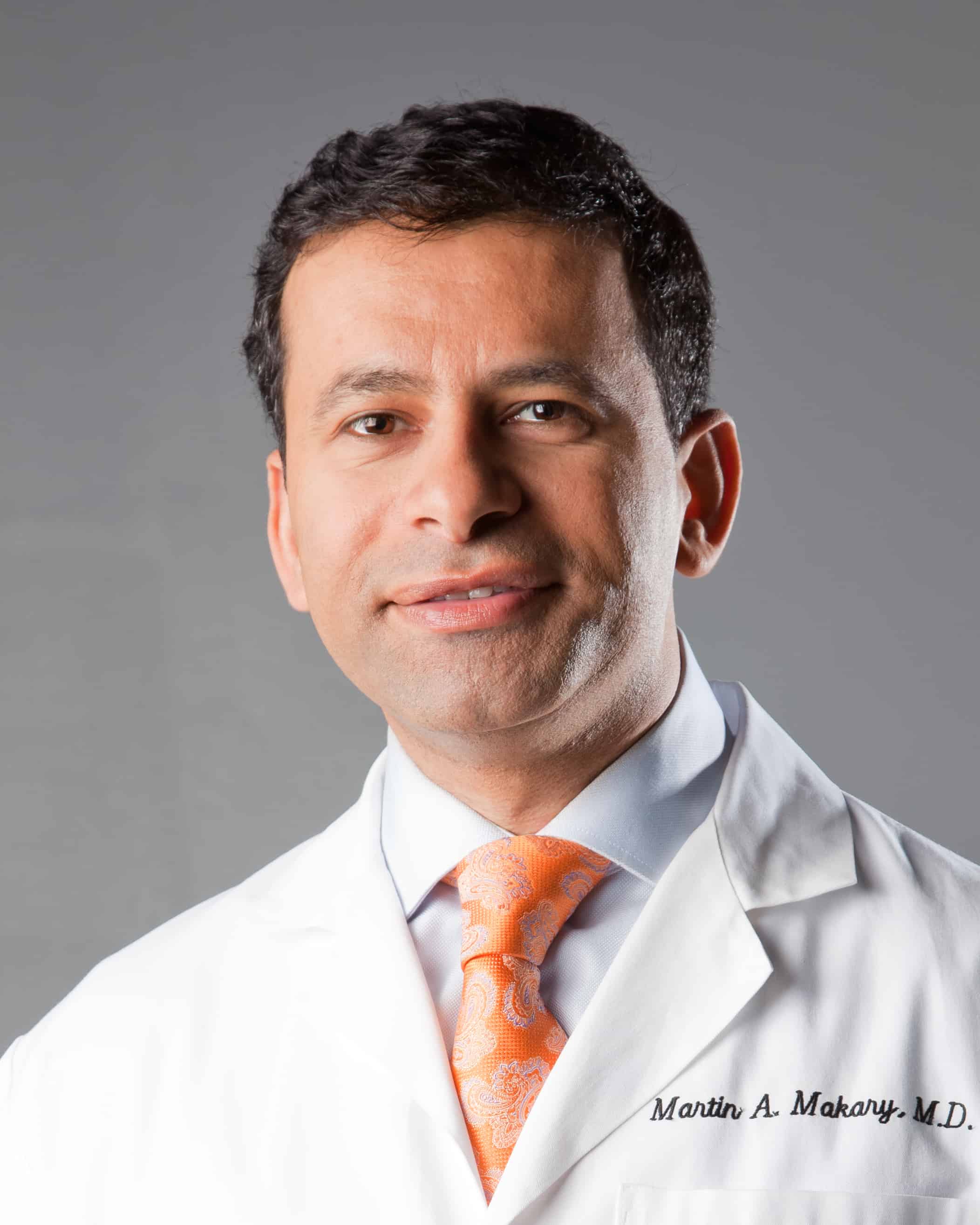A study has found that some groups of physicians were more likely than others to perform elective upper and lower endoscopies on separate days rather than on the same day. The observed disparity represents an opportunity for quality improvement.
Low-value care has been recognized as an important driver of skyrocketing healthcare costs in the United States and has been associated with avoidable patient harm. “Improving Wisely is a campaign that measures the appropriateness of care using practice pattern data,” says Martin A. Makary, MD, MPH. “It’s designed to be a physician-led solution to some of the problems we’ve inherited from the quality measure-industrial complex. We’re not creating guidelines Instead, we’re using clinical consensus to identify extreme outlier practices patterns. In some areas, the Improving Wisely project has notified outliers as to where they stand relative to their peers, and we have observed an auto-correction effect.”
As a part of the Improving Wisely project, physicians within certain specialties are assembled and asked about common areas of overuse in their field. In gastroenterology, one form of low-value care is when clinicians perform elective upper and lower endoscopic procedures on 2 different days when they can be safely performed as a combined procedure on the same day. The different-day approach can lead to unnecessary duplicate medical services (I.V., sedation, etc.), extra utilization of the endoscopy suite, additional lost time from work, and additional healthcare costs.
Taking a Closer Look
For a study published in JAMA Internal Medicine, Dr. Makary and colleagues with the Improving Wisely program evaluated the performance of different-day elective upper and lower endoscopic procedures in hospital outpatient departments (HOPDs), freestanding ambulatory surgery centers (ASCs), and physician offices. Of the more than 4 million procedure pairs identified, 52.5% were performed in HOPDs, 43.3% in ASCs, and 4.2% in physician offices. The overall rate of different-day procedures was 18.7%, but the study identified many physicians with a different-day rate of 100%.
When compared with HOPDs, the study found that physician offices had a 3.5-fold higher rate of different-day procedures, and ASCs had a 1.6-fold higher rate of different-day procedures. However, the rate of different-day procedures dropped from 2011 to 2018 at physician offices, ASCs, and HOPDs (Figure). For the more than 7,500 physicians who practiced at both HOPDs and ASCs, their different-day procedure rate changed from 14.1% at HOPDs to 19.4% at ASCs. For the nearly 1,000 physicians who practiced at both HOPDs and physician offices, their different-day procedure rate changed from 15.8% at HOPDs to 37.4% at physician offices.
The study also showed that patients were more likely to undergo different-day procedures at physician offices and ASCs when compared with HOPDs, even after adjusting for patient and physician characteristics. Several risk factors for undergoing different-day procedures were identified, including older age, black and Hispanic race/ethnicity, and residing in the Northeast region. Protective factors included micropolitan and rural locations and having five or more comorbidities. Other protective factors were physicians being in practice for fewer years, having higher procedure volume, and being specialists of general surgery.
Examining Next Steps
According to Dr. Makary, the study identified physicians who have practice patterns in big data that peers have identified as being below standard of care. “We have not used patterns for standard of care assessments in the past, but these trends represent a way to screen for waste in the system,” he says. “Most doctors always try to do the right thing. Consensus building around acceptable practice patterns with practicing doctors from diverse practice setting can identify actionable areas for quality improvement.”
In addition to highlighting potential areas of healthcare waste, the study identified extreme outlier patterns that should be evaluated more closely. Identifying variation factors in endoscopy is important to reducing clinical wastefulness and avoiding patient discomfort and risks of complications. These underappreciated risks are an important reason why performing different-day procedures should be avoided when it is safe and clinically indicated to perform them on the same day. “Measuring the appropriateness of medical care is the future of quality measurement,” Dr. Makary says. “It’s critical to incorporating practice pattern approaches from Improving Wisely. Ultimately, we want to empower physicians to have more liberty in customizing care to their patients.”
Dr. Makary has published “The Price We Pay: What Broke American Health Care—And How To Fix It,” a new book that describes the concept of appropriateness measures, available to order at Amazon.com. For additional information on the Improving Wisely project, go to ImprovingWisely.org.


 PWeekly
PWeekly